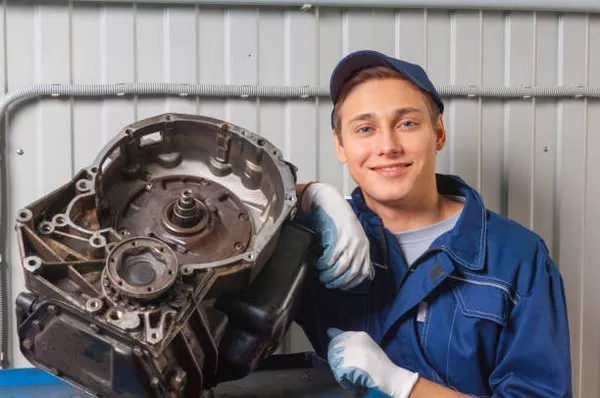A groundbreaking 565 MWh battery storage facility, featuring 185 MW of Tesla Megapacks, has commenced operations on Oahu, Hawaii, heralding a significant leap in the integration of renewable energy into the island’s grid. Known as the Kapolei Energy Storage (KES) project, the advanced battery energy storage system (BESS) is considered the world’s most advanced, providing critical load shifting and frequency response services.
Developed by Texas-based Plus Power, the KES project spans 8 acres of industrial-zoned land and houses 158 shipping container-sized Tesla Megapack 2 XL lithium iron phosphate (LFP) batteries. The deployment of these batteries across the site eliminates the need for combustion-based peaker plants and facilitates black start functions for blackout recovery. The system’s synthetic inertia feature mimics the power-smoothing capabilities of a rotating mechanical turbine, while an additional 50 MW/25 MWh of frequency response control reacts to grid changes in just 250 milliseconds—faster than conventional combustion plants.
KES is strategically positioned to support Hawaiian Electric, the state’s main utility, in responding to changing conditions across Oahu’s isolated island grid. It not only aids in renewable energy integration but also reduces reliance on traditional energy sources. By offering critical grid-forming functions, KES contributes to Hawaii’s ambitious goal of generating 100% of its electricity from renewables by 2045.
Tesla’s LFP batteries, chosen for their cost and safety benefits, play a pivotal role in this project. The cathode material, lithium ferro-phosphate, is more cost-effective than conventional cobalt- or nickel-based materials, making it a preferred choice for utility-scale energy storage projects. The use of LFP batteries aligns with Hawaii’s efforts to reduce renewable energy curtailment, a challenge driven by oversupply and system constraints in Oahu.
The KES project is expected to reduce renewable energy curtailment by 69%, enabling the integration of an additional 10% of large-scale renewables in the first five years of operation. With a lifespan of 20 years, this innovative battery storage facility contributes to Hawaii’s commitment to phasing out non-renewable capacity, which includes the decommissioning of its last coal plant in 2022.
As Hawaii continues to advance its renewable energy initiatives, KES stands as a symbol of technological progress, offering a glimpse into the future of grid resilience and sustainable energy integration.

